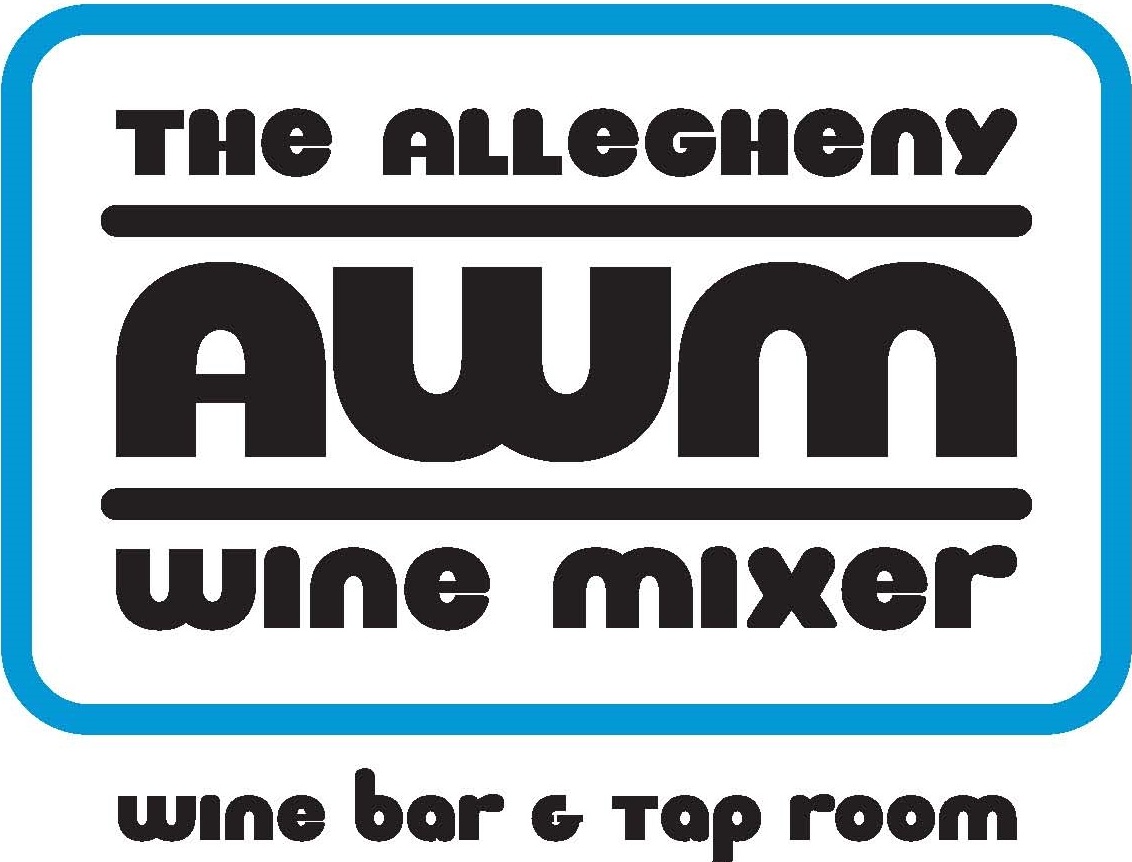Europe’s largest volcano and one of the world’s most active, it dominates Sicily both physically — on clear days, it’s visible more than 200 miles away in Erice — and psychologically, too: a constant, sullen threat that could, on any given day, wipe out half the island and a chunk of nearby Calabria. It’s a mythic, almost sentient presence: home of the Cyclops Polyphemus in The Odyssey, the mountain itself is a sort of one-eyed giant that’s been known to hurl a boulder or two into the sea on occasion.
Mt. Etna is an extraordinary, singular place, and it yields extraordinary, singular wines. Sandy, mineral-rich volcanic soils, obviously, play an enormous role, as does altitude — Etna boasts some of the highest vineyards in the world. Taken together, these two factors allow for yet another extraordinary circumstance: the existence of very old, pre-phylloxera vines on its upper slopes. (The phylloxera louse can’t survive in sandy volcanic soils.)
Pre-phylloxera Nerello Mascalese vines at Firriato.
Contrada on Etna's northeastern face — a cross-section of millenia's worth of volcanic activity.
But it’s Etna’s thriving existence as an active volcano that make it utterly unique. Other notable volcanic growing regions like Santorini or Aglianico del Vulture are perched on the remains of extinct volcanos, but Etna is in an almost perpetual state of eruption, which means the growing environment is in a constant state of flux, if not outright peril. Ultrafine pumice and ash rain down over the slopes almost daily. Steam vents can cause unexpected cloud cover or temperature spikes. Most drastic of all, lava flows, known locally as contrade, can incinerate acres of vineyard at a time, leaving behind layers of incredibly rich, fertile soil. During our trip, a winemaker from Vittoria told us that when he drinks Etna wines, he tastes lava. He meant this as high praise, and he was not wrong.
Etna’s principal red grape is Nerello Mascalese, a relative of both Sangiovese and Gaglioppo. It is incredibly sensitive to site and is rarely found outside of eastern Sicily. Comprising at least 80% of Etna Rosso blends, Nerello is remarkably pretty in the glass: brilliant ruby when young, acquiring some orange tints with age. It’s often compared to Pinot Noir and Nebbiolo, but its sour red cherry, hibiscus and tobacco profile is uniquely its own. (Most Etna Rosso also sees a splash of another native Nerello, Nerello Cappuccio, that adds color and body to the blend.)
Carricante is the white cultivar of note in Etna Bianco blends. Grown at extreme altitudes — between 3100 and 3500 ft. above sea level — on Etna’s northern and eastern slopes, it produces high acid, medium bodied wines with distinct minerality that, for point of reference, are often compared to dry Riesling, a comparison that doesn’t fully do the grape justice. Not nearly as aromatic as Riesling, Carricante can also have undertones of ginger, chamomile and sweet marjoram that are quite unlike any other white grape that comes to mind.
As long as we’re being so profligate with words like ‘extraordinary’ and ‘unique,’ we might as well mention something else truly extraordinary and unique about Etna: fine wine production here is a very recent development, really only, umm, erupting within the last 10-15 years. But in that time, the Etna DOC (getting the G tacked on is an inevitability, one would think) has leapfrogged to the top echelons of prestige Italian wine regions, in the process swinging an overdue spotlight on other great Sicilian appellations, like Cerasuola di Vittoria and Noto. It’s our privilege to be among the first generation of wine drinkers to witness the ascent.
Mt. Etna, seen from 30,000'. Squint really hard and maybe you'll see a Cyclops!
Currently we’re pouring Valenti’s Enrico IV 2013 Etna Bianco (100% Carricante) as well as their 100% varietal Nerello Mascalese Norma 2011 Etna Rosso. Via Coravin, we’re also pouring Pistus’ I Custodi 2013 Etna Rosso, which contains some Nerello Cappuccio. These two make a fine comparison; the differences are pronounced!



